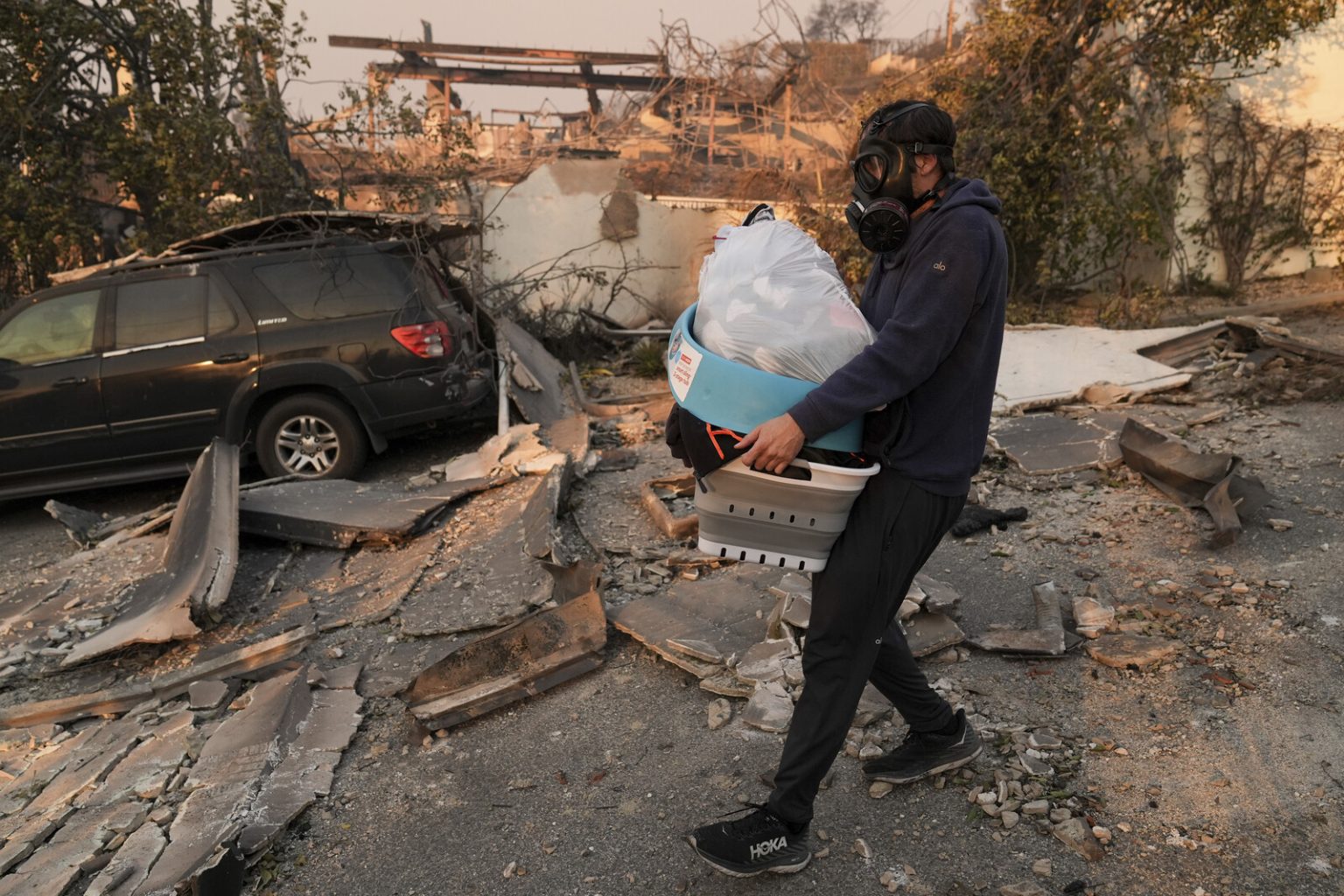The devastating wildfires currently ravaging California have incurred staggering preliminary insured losses estimated at $20 billion (approximately 223 billion kronor). This figure represents a significant portion of the overall economic damage, projected to reach a staggering $50 billion, a figure that has doubled in just one day and is expected to continue rising as the fires remain uncontained. The volatile nature of ongoing disasters makes precise financial assessments challenging, leading to fluctuating estimates as the situation evolves. This evolving financial burden underscores the immense and unpredictable economic impact of natural disasters, particularly in vulnerable regions like California.
The sheer scale of the financial impact is placing immense strain on California’s already precarious home insurance market. Credit rating agency Moody’s warns that these substantial losses will likely exacerbate existing pressures, leading to increased premiums and potentially reduced availability of property insurance. This could create a challenging environment for homeowners seeking coverage, potentially leaving many vulnerable and financially exposed in the face of future disasters. The fires, fueled by powerful winds since Tuesday, have tragically claimed several lives and decimated nearly 2,000 buildings, with tens of thousands of properties remaining under threat. This widespread destruction paints a grim picture of the ongoing crisis and its potential for further devastation.
Analysts employ various methodologies to estimate the potential costs, including comparisons with previous fire events, factoring in the number and average value of destroyed structures. This comparative approach provides a framework for understanding the scale of the current disaster and its potential long-term economic consequences. However, the unique circumstances of each fire event make precise predictions challenging, and the ultimate cost may deviate significantly from initial projections.
The 2018 Camp Fire in California serves as a stark reminder of the destructive potential of wildfires, having caused $12.5 billion in damages, making it the most destructive fire in US history to date. While devastating, wildfires are often overshadowed by the immense economic impact of hurricanes and earthquakes, which historically rank as the costliest natural disasters. This highlights the inherent vulnerability of different regions to specific natural hazards and the need for tailored risk assessment and mitigation strategies.
Hurricane Katrina, which ravaged the Gulf Coast in 2005, remains the most expensive natural disaster in US history, resulting in a staggering $102 billion in insured losses. This catastrophic event serves as a benchmark for the immense financial repercussions of natural disasters and the long-term economic recovery efforts required in their aftermath. More recently, Hurricane Ian in 2022 inflicted substantial damage, causing $56 billion in insured losses, further emphasizing the ongoing threat posed by hurricanes and the need for robust disaster preparedness measures.
The California wildfires of 2023 are rapidly escalating into one of the costliest natural disasters in the state’s history, highlighting the growing economic burden of such events and the pressing need for improved disaster preparedness and mitigation strategies. The unfolding crisis underscores the vulnerability of communities and the insurance market to the escalating impacts of climate change, emphasizing the urgency of proactive measures to address these growing risks. The potential for further increases in insured losses, coupled with the strain on the insurance market, paints a challenging picture for homeowners and policymakers alike, necessitating comprehensive and sustainable solutions to manage the increasing threat of natural disasters.














